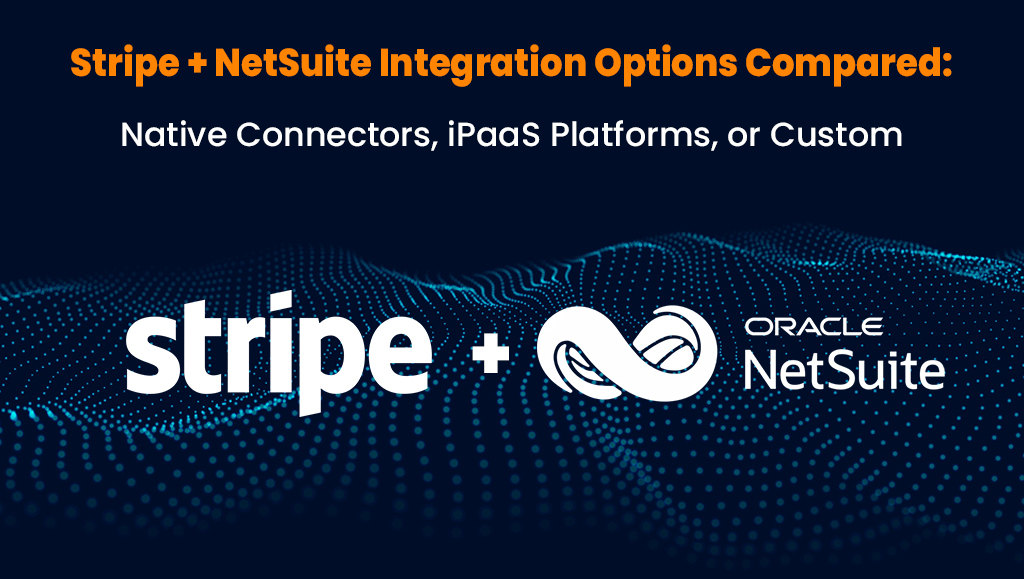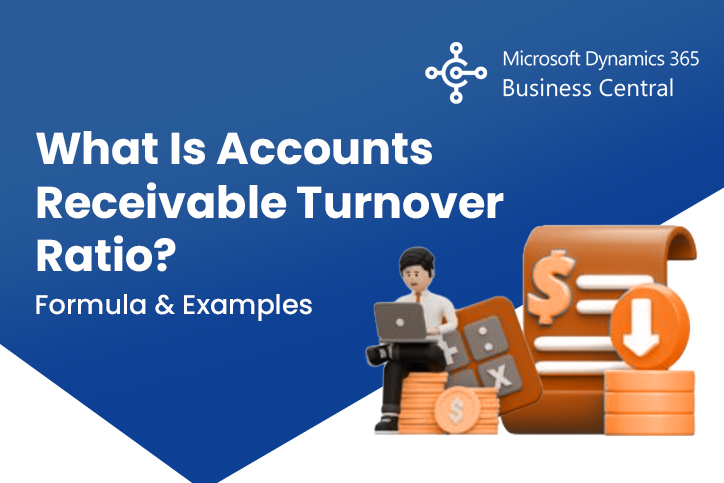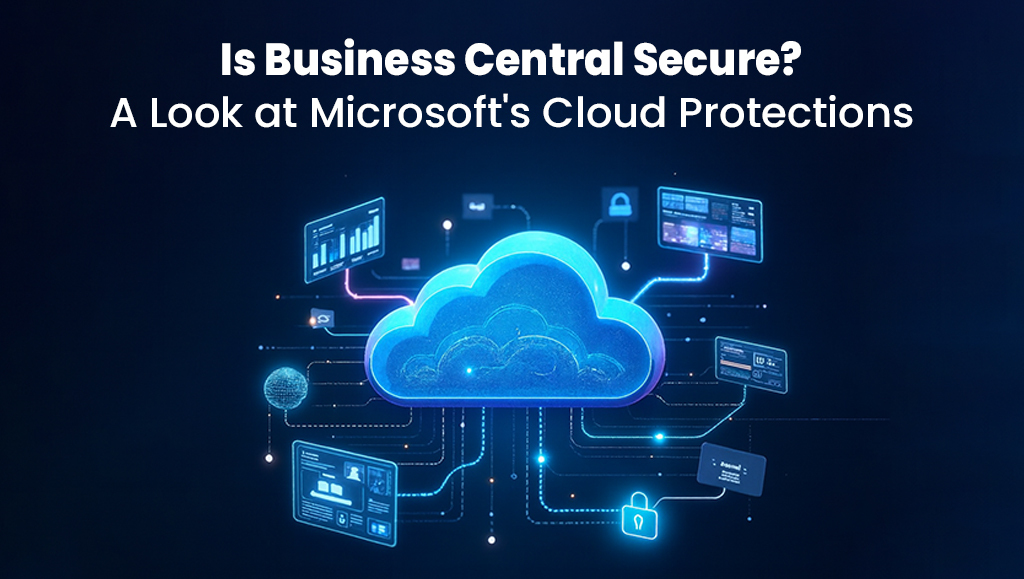When companies ask what are the standard reports in ERP, they are often looking for actionable insights that can help them improve business performance. Whether you’re dealing with incomplete data, struggling with outdated systems, or planning a new oracle erp implementation, knowing how to use ERP reports to improve business performance is critical. Partnering with an Oracle ERP Implementation Partner in USA can also ensure you get the right setup and guidance to leverage reports effectively. The right ERP supply chain performance reports, financial summaries, and sales analytics can transform operations, reduce costs, and boost forecasting accuracy.
In this blog, we’ll walk you through the most powerful out-of-the-box reports in Finance, Sales and Supply Chain and how using them can help you unlock your ERP’s full potential.
The Core Problem: Why ERP Reports Often Go Unused
Many mid to large businesses invest heavily in ERP systems, only to underutilize them. Common issues include:
- Disjointed data sources making reports unreliable
- Complex interfaces that prevent teams from accessing the right metrics
- Lack of training on how to interpret and use reports effectively
- Over-customization that breaks out-of-the-box functionality
For example, a manufacturing company may run daily operations using outdated spreadsheets while their ERP system holds real-time data, simply because teams don’t know where or how to access it. Similarly, finance teams struggle to reconcile discrepancies because they are not using automated reporting features.
This is where understanding what are the standard reports in ERP and how to use ERP reports to improve business performance becomes critical. Using the correct reports can improve accuracy, efficiency, and decision-making across departments without the need for expensive custom reports or third-party tools.
Finance Reports: Gain Control and Transparency
Financial reporting is the backbone of any ERP system. Without accurate, real-time financial reports, forecasting, budgeting and compliance become guesswork.
1. General Ledger Report
What it does: Summarizes all financial transactions in one place. It provides a detailed view of account balances, entries and adjustments.
Why it matters:
- Ensures accuracy in financial statements
- Helps reconcile discrepancies quickly
- Supports audits and compliance reporting
Tip: Use filters to drill down by department or cost center to identify variances early.
2. Accounts Payable Aging Report
What it does: Tracks outstanding supplier invoices by due date.
Why it matters:
- Improves cash flow management
- Helps avoid late payment penalties
- Provides clarity on supplier relationships
Tip: Integrate this with vendor performance dashboards to negotiate better payment terms.
3. Accounts Receivable Aging Report
What it does: Lists unpaid customer invoices categorized by aging period (30, 60, 90 days).
Why it matters:
- Accelerates collections
- Identifies potential bad debts early
- Enhances forecasting accuracy
Tip: Combine with customer segmentation to prioritize collection efforts.
4. Financial Statement Reports (Income Statement, Balance Sheet)
What it does: Automatically generates profit and loss, assets, liabilities and equity summaries.
Why it matters:
- Delivers real-time snapshots of financial health
- Supports board reporting and investor communication
- Reduces manual effort
Tip: Schedule automatic distribution to key stakeholders for better collaboration.
Sales Reports: Drive Revenue with Insightful Analytics
Sales teams need reports that track pipeline health, customer behavior and performance metrics. The goal is to convert data into action.
1. Sales Order Summary
What it does:
Shows all sales orders by customer, status and region.
Why it matters:
- Tracks order fulfillment rates
- Identifies bottlenecks in processing
- Helps forecast demand
Tip: Use visualization tools within your ERP to highlight trends or delays.
2. Customer Performance Report
What it does: Evaluates customers based on sales volume, frequency and profitability.
Why it matters:
- Helps prioritize high-value clients
- Supports targeted marketing campaigns
- Aids account management strategies
Tip: Cross-reference with credit risk reports before extending payment terms.
3. Sales Pipeline Report
What it does: Breaks down leads, opportunities and deals by stage.
Why it matters:
- Offers a clear view of revenue forecasts
- Helps align sales strategies with targets
- Identifies stuck deals early
Tip: Set up alerts for deals stagnating beyond a defined period.
Supply Chain Reports: Optimize Operations and Efficiency
For supply chain teams, real-time insights can mean the difference between overstocking and stockouts.
1. ERP Supply Chain Performance Reports
What it does: Tracks metrics like inventory turnover, lead times and fulfillment rates.
Why it matters:
- Improves inventory management
- Enhances supplier coordination
- Reduces operational costs
Tip: Use dashboards to monitor daily metrics and set benchmarks for continuous improvement.
2. Inventory Valuation Report
What it does: Calculates the current worth of inventory based on cost, location and condition.
Why it matters:
- Supports accurate asset reporting
- Helps avoid overstock or obsolete inventory
- Aids in budgeting and procurement
Tip: Reconcile this report with the general ledger to prevent accounting mismatches.
3. Demand Forecast Report
What it does: Predicts future demand based on historical sales, seasonal patterns and market trends.
Why it matters:
- Supports procurement planning
- Helps reduce carrying costs
- Improves customer satisfaction with timely deliveries
Tip: Integrate external data sources like market trends for more robust forecasts.
4. Supplier Performance Report
What it does: Monitors lead times, delivery accuracy and order fulfillment rates from suppliers.
Why it matters:
- Identifies unreliable vendors
- Supports negotiations and strategic sourcing
- Improves overall supply chain efficiency
Tip: Create a vendor scorecard and regularly review it with procurement teams.
How to Use ERP Reports to Improve Business Performance
Reports are only as valuable as the actions they inspire. Here’s how to translate data into decisions:
- Set KPIs upfront: Define what metrics matter most before generating reports
- Use dashboards: Visual summaries make it easier for teams to track performance
- Automate report distribution: Share reports with relevant teams regularly to maintain alignment
- Review anomalies: Use reports to investigate deviations rather than ignoring them
- Train teams: Regularly review reports in team meetings to ensure adoption
Reports that are ignored or misunderstood create data paralysis, while well-integrated reporting can drive faster, more informed decisions across functions.
Cost, Time and ROI Considerations
Understanding the cost, time and ROI of implementing and using ERP reports helps you make informed decisions and ensures that your investment delivers measurable business benefits.
| Report Type | Setup Time | Cost Factor | ROI Benefit |
|---|---|---|---|
| General Ledger Report | Low | Built-in | Audit readiness, faster reconciliation |
| Accounts Payable Aging | Medium | Moderate | Improved cash flow management |
| Sales Pipeline Report | Medium | Moderate | Better forecasting and deal conversion |
| Inventory Valuation Report | Medium | Moderate | Reduced overstock and carrying costs |
| ERP Supply Chain Report | Medium | Moderate | Enhanced supply efficiency and cost savings |
A typical ERP report setup may take 1-3 days depending on data volume and integrations. The ROI can be significant with improved forecasting, reduced errors and faster decision-making.
Making ERP Reports Work for Your Business Success!
ERP reports are not just numbers and tables. They are strategic tools that help businesses optimize operations, reduce costs and scale efficiently. By using the standard reports in ERP thoughtfully, finance teams can ensure transparency, sales teams can sharpen their strategies and supply chain teams can streamline operations.
If you are exploring ERP transformations, upgrading from legacy systems, or seeking guidance from an Oracle ERP Implementation Partner in USA, having the right reports at your fingertips is essential to unlocking business performance.
Ready to simplify your ERP journey and maximize ROI?
Schedule a free consultation with SoftArt Solutions Inc. and let us guide you through smarter reporting and better decisions.
Frequently Asked Questions:
- What are standard ERP reports and why use them?
Ans. Standard reports like financials, sales and supply chain give real-time insights to improve decision-making and operations without extra customization.
- How do ERP supply chain reports boost efficiency?
Ans. They track inventory, lead times and fulfillment to help reduce costs, prevent stockouts and improve procurement planning.
- How can I use ERP reports to enhance performance?
Ans. Set KPIs, use dashboards and automate reporting to ensure teams act on insights for better forecasting and smoother operations.
- How long does it take to set up ERP reports and what’s the ROI?
Ans. Setup takes 1-3 days and businesses can see faster reconciliation, better cash flow and cost savings for a higher ROI.









